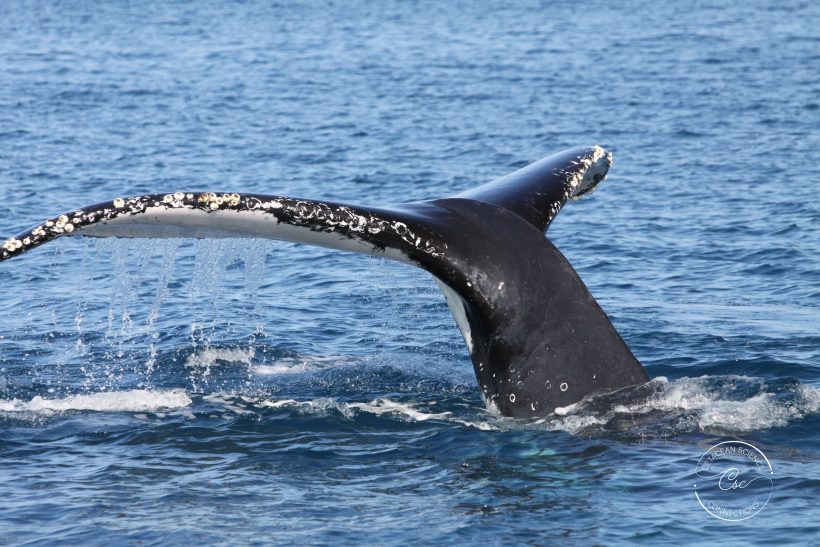Humpback whale (Megaptera novaeangliae)
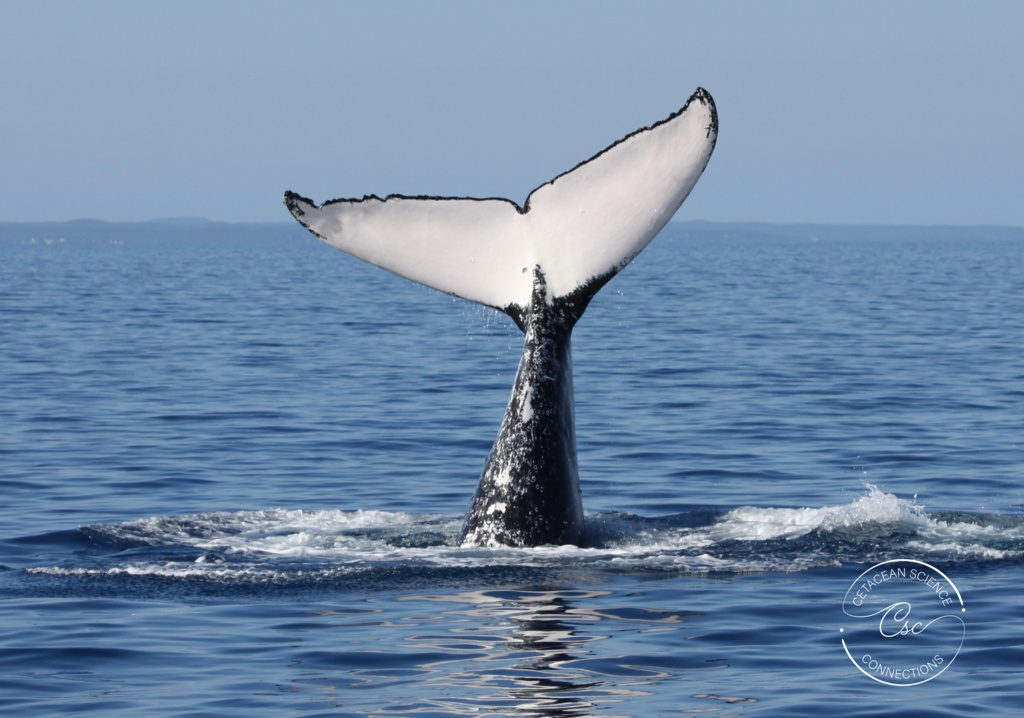
Identifying features
> Visible dorsal fin, 2/3 of the way along its body
> Knobbly rostrum (snout-like projection)
> Pectoral fins, approximately 1/3 the length of the body
> Generally, dark in colour with areas of white on pec fins, belly (ventral surface) and sides (flank)
Maximum body length
Adult 16 m
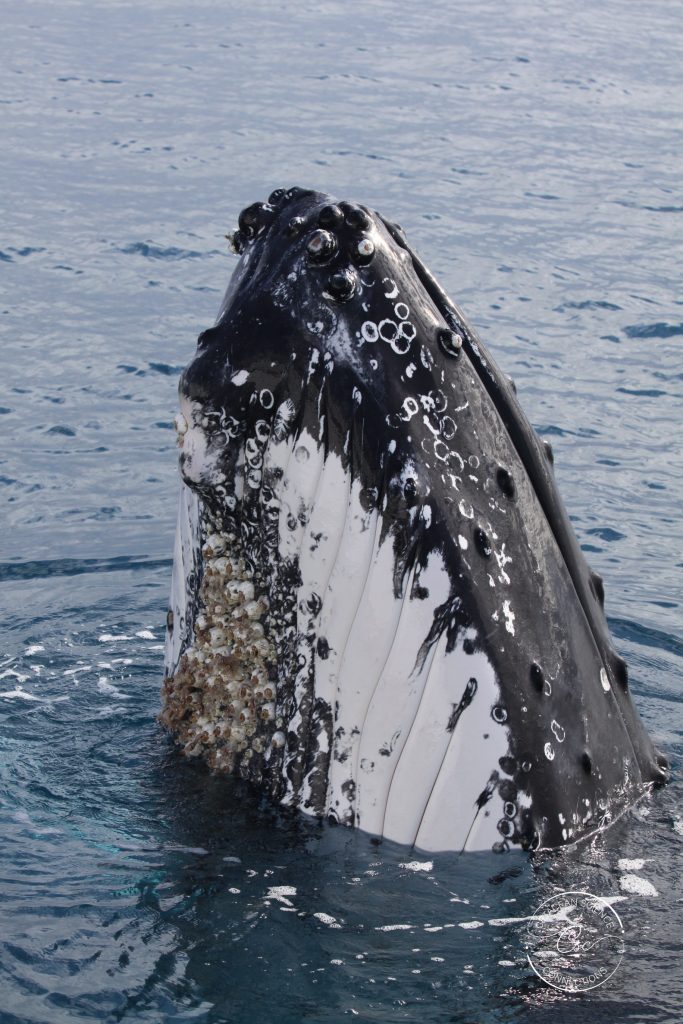
Ecology
> Separate populations migrate along the east and west Australian coasts during the cooler months
> Individuals typically migrate west to east between May and early August
> Humpbacks can tend to be more surface-active, which can include breaching, on windy days.
> High vantage sites including headlands such as the Nobbies, Pyramid Rock and Cape Woolamai, Phillip Island, and Cape Schank and Flinders, on the Mornington Peninsula, increase your chances of seeing whales if in the area
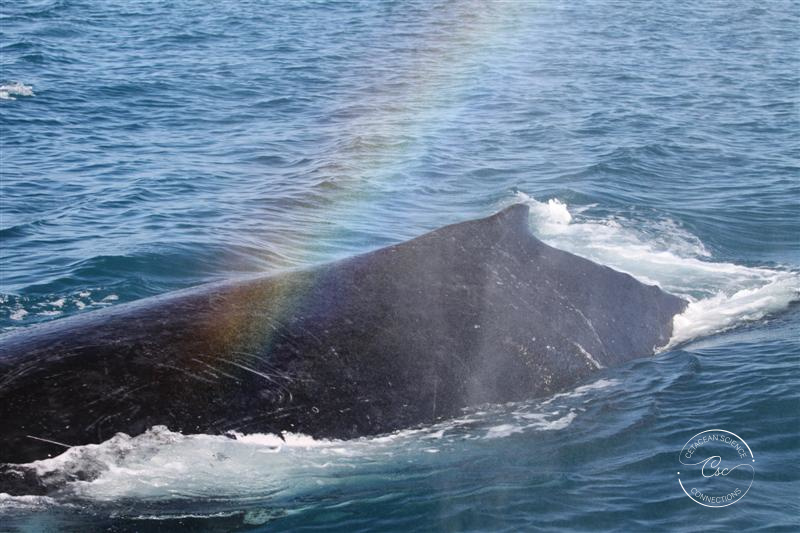
Where can you hear of humpback whale sightings in Victorian waters?
> Download and keep an eye on the Wildlife Whales app for whale sightings along the Bass Coast (Phillip Island) and Wilsons Promontory
> Watch for posts on the Two Bays Whale Project, Phillip Island Whale Watchers, and Phillip Island Whale Watchers live alert Facebook pages
Can I join a tour to see whales?
Visit Wildlife Coast Cruises if you would like to join a Victorian Government permitted whale and dolphin (and seal) tour around Phillip Island or Wilsons Promontory. These trips are seasonal, based on the northern and southern migration seasons of the east-coast humpback population, and are a great way for you to see humpback whales and other marine mammals for yourself.
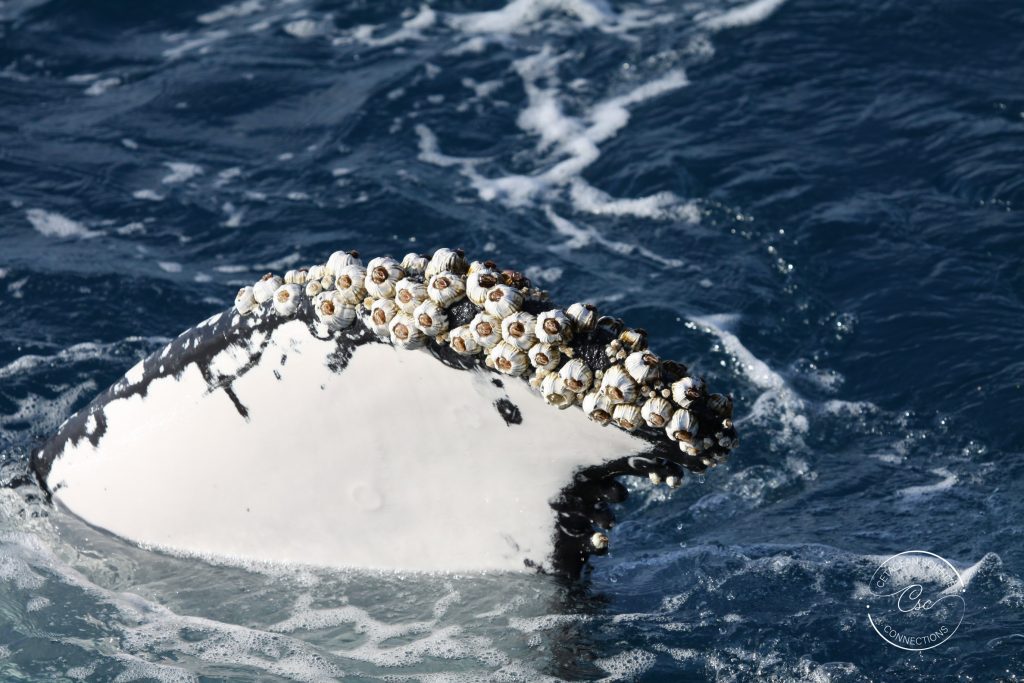
Further information
More information on humpback whales in east Australian waters can be found via the Federal Government website and DEWLP fact sheet

